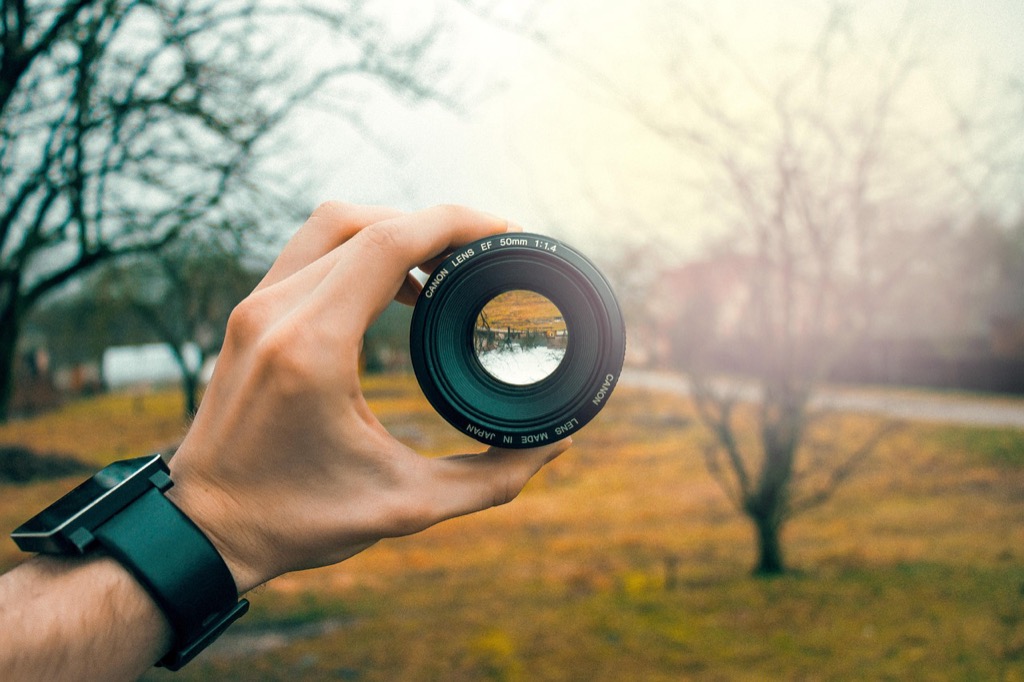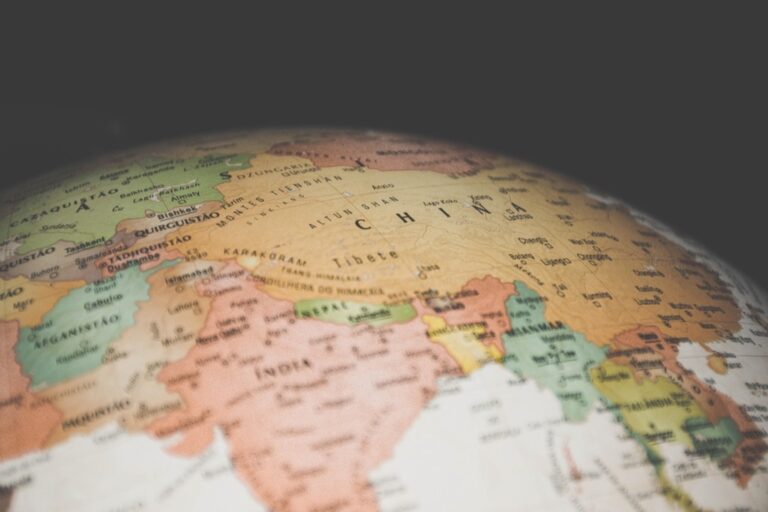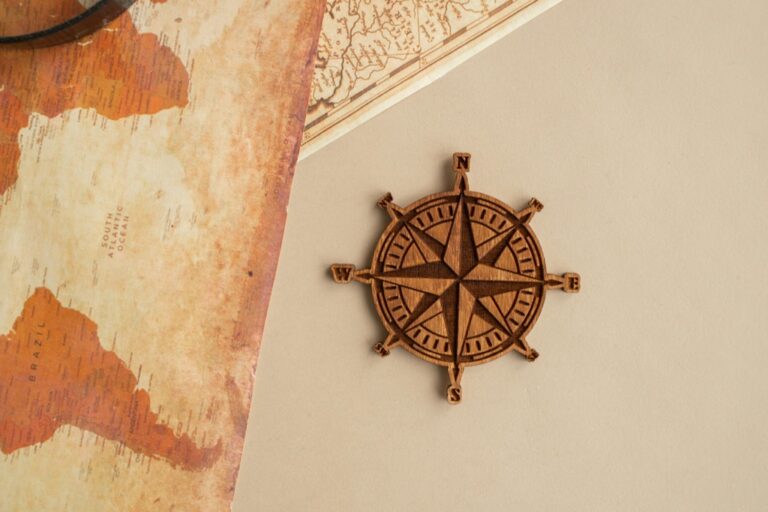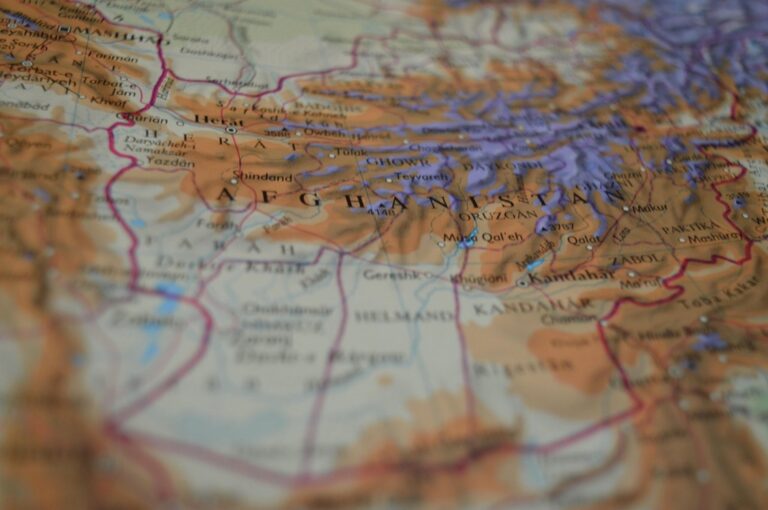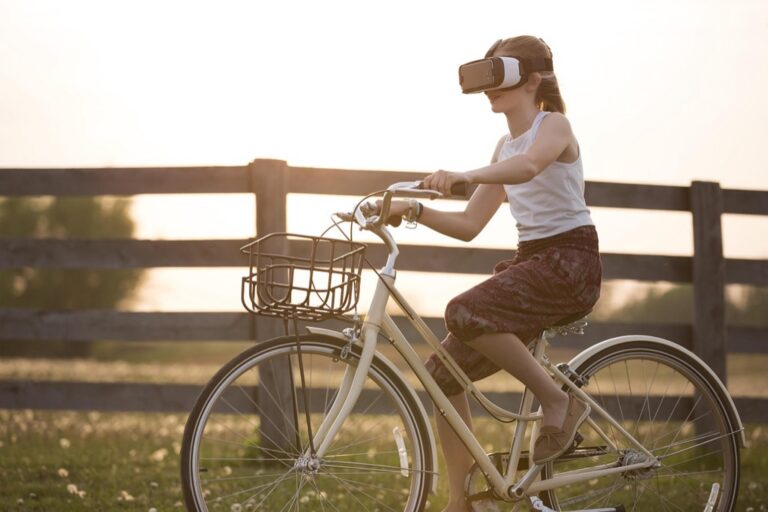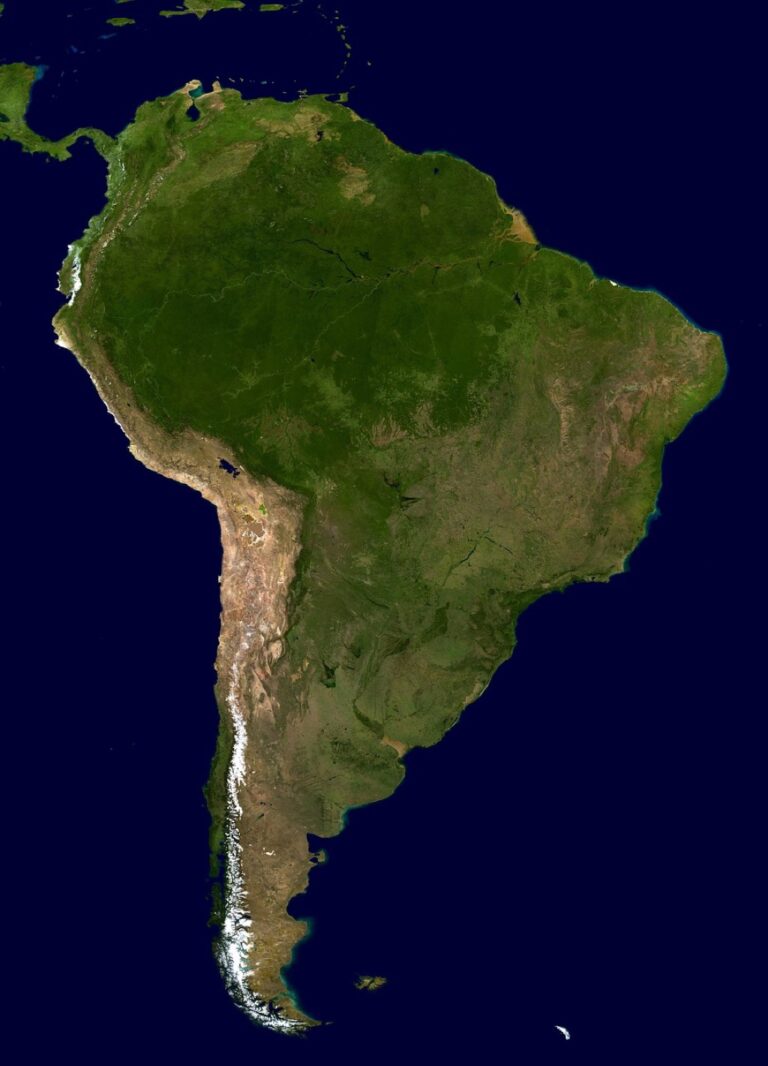7 Ideas for Capturing Spatial Relationships That Create Visual Impact
Why it matters: Understanding spatial relationships transforms how you analyze data and make decisions across industries from urban planning to machine learning.
The big picture: Whether you’re mapping customer locations or designing efficient workflows spatial data reveals patterns that traditional analysis methods miss.
What’s next: These seven proven techniques will help you capture measure and visualize spatial connections that drive better outcomes for your projects.
Disclosure: As an Amazon Associate, this site earns from qualifying purchases. Thank you!
Understanding the Fundamentals of Spatial Relationships in Photography
Photography’s spatial relationships go beyond simple composition rules—they’re about creating depth, dimension, and visual connection between elements in your frame.
Defining Spatial Depth and Dimension
Spatial depth transforms flat images into three-dimensional experiences through strategic element placement. You’ll create depth by positioning foreground, middle ground, and background subjects at varying distances from your camera. Leading lines, perspective distortion, and size relationships between objects establish dimensional hierarchy. Overlapping elements reinforce spatial separation while atmospheric perspective—where distant objects appear hazier—adds natural depth cues your viewers instantly recognize.
Recognizing Visual Elements That Create Space
Visual elements that establish spatial relationships include converging lines, scale variations, and color temperature shifts. You’ll notice how warm colors advance toward viewers while cool tones recede into backgrounds. Textural contrast creates spatial separation—sharp foreground details against soft backgrounds instantly communicate distance. Shadow patterns, reflections, and negative space guide viewers through your composition while establishing clear spatial boundaries between photographic elements.
Using Leading Lines to Guide the Viewer’s Eye Through Space
Leading lines create powerful pathways that direct attention and establish spatial depth within your compositions. These linear elements transform two-dimensional surfaces into immersive three-dimensional experiences.
Incorporating Natural Lines in Landscapes
Rivers, mountain ridges, and coastlines provide organic pathways that naturally guide viewers through scenic environments. Position yourself to capture these flowing elements as diagonal lines that lead from foreground to background. Tree branches, rock formations, and rolling hills create subtle directional cues that establish spatial hierarchy. Seasonal elements like fallen logs or stream beds offer temporary leading lines that change with weather patterns. Natural curves and S-shaped paths create more dynamic movement than straight horizontal or vertical lines.
Creating Architectural Lines in Urban Settings
Building edges, staircases, and street layouts form geometric patterns that create strong directional movement through urban spaces. Utilize converging perspective lines from sidewalks, building facades, and infrastructure elements to establish vanishing points. Bridge railings, fence lines, and architectural details provide repetitive patterns that strengthen spatial depth perception. Capture reflections in glass surfaces and wet pavement to double the visual impact of existing structural lines. Position your viewpoint to maximize the convergence of multiple architectural elements toward a single focal point.
Mastering Depth of Field to Separate Foreground and Background
Depth of field manipulation creates powerful spatial separation by controlling which areas appear sharp versus blurred. This selective focus technique directs viewer attention while establishing clear dimensional relationships between different spatial planes.
Utilizing Shallow Depth of Field for Subject Isolation
Shallow depth of field isolates subjects by rendering backgrounds as soft, out-of-focus areas that won’t compete for attention. Use apertures between f/1.4 and f/2.8 to achieve maximum background separation. Position your subject at least 10 feet from the background to enhance the blur effect. Longer focal lengths like 85mm or 135mm naturally compress perspective and increase background blur. Focus precisely on your subject’s eyes or most important feature to ensure critical sharpness where it matters most.
Employing Deep Focus for Environmental Context
Deep focus maintains sharpness throughout the entire frame from foreground to background elements. Set apertures between f/8 and f/11 to maximize depth of field while maintaining image quality. Use hyperfocal distance focusing to achieve maximum sharpness from the nearest acceptable point to infinity. Wide-angle lenses naturally provide greater depth of field coverage. Focus approximately one-third into your scene to optimize sharpness distribution. This technique works exceptionally well for landscape photography and architectural documentation where environmental context enhances spatial understanding.
Implementing the Rule of Thirds for Balanced Spatial Composition
Rule of thirds transforms spatial relationships by creating visual equilibrium through strategic element placement. This compositional technique establishes natural focal points that enhance depth perception and dimensional awareness.
Positioning Key Elements Along Grid Lines
Position dominant subjects along vertical or horizontal grid lines to establish strong spatial anchors. Placing horizon lines on the lower third creates expansive sky relationships, while upper third positioning emphasizes foreground terrain connections. Vertical lines work effectively for architectural elements like columns, trees, or building edges that define spatial boundaries.
Align multiple elements across different grid intersections to create spatial rhythm. Three aligned subjects positioned at upper, middle, and lower third points establish clear depth layers. This technique works particularly well in landscape photography where rock formations, water features, or vegetation create natural stepping stones through dimensional space.
Creating Dynamic Tension Through Off-Center Placement
Place primary subjects at grid intersections rather than center frame to generate visual energy. Off-center positioning creates spatial imbalance that draws viewers into the composition, making them actively explore dimensional relationships between foreground and background elements. This placement technique works especially well with isolated subjects against expansive backgrounds.
Balance asymmetrical compositions by positioning secondary elements in opposing grid zones. When your main subject occupies the left third intersection, place supporting elements in the right third area to create spatial counterweight. This approach establishes visual dialogue between separated elements while maintaining clear dimensional hierarchy throughout your composition.
Leveraging Overlapping Elements to Create Visual Depth
Overlapping elements establish clear spatial hierarchy by positioning objects at varying distances from your camera. This technique creates natural depth cues that help viewers understand dimensional relationships within your composition.
Layering Objects at Different Distances
Position foreground elements to partially obscure middle ground or background subjects, creating distinct spatial planes. Place rocks, branches, or architectural details close to your lens while maintaining focus on distant subjects. This layering technique forces viewers to navigate through multiple depth levels, establishing clear dimensional separation. Experiment with different foreground heights to control how much background information remains visible, allowing you to guide attention while preserving contextual elements.
Using Transparency and Opacity for Dimensional Effects
Incorporate semi-transparent elements like glass, water, or atmospheric conditions to create subtle depth separation without completely blocking background details. Shoot through windows, fog, or light fabric to achieve natural opacity variations that maintain spatial connections. These translucent barriers add dimensional complexity while preserving visual flow between compositional layers. Adjust your exposure settings to balance transparency levels, ensuring both foreground and background elements contribute meaningful information to your spatial narrative.
Exploiting Scale and Proportion to Show Spatial Relationships
Scale and proportion create powerful spatial narratives by establishing clear size relationships between elements in your composition. These techniques help viewers understand dimensional context and navigate through multiple layers of visual information.
Juxtaposing Large and Small Objects
Contrasting dramatically different-sized elements establishes immediate spatial hierarchy and emphasizes distance relationships. Position a small subject next to a massive structure to create visual tension and highlight scale differences. Frame tiny details against expansive backgrounds to showcase environmental context. Capture close-up objects alongside distant landmarks to compress spatial dimensions. Select subjects with inherent size relationships like insects on leaves or people near monuments. Emphasize the size contrast through careful positioning and focal length selection.
Including Human Figures for Size Reference
Incorporate people strategically to provide universal scale references that viewers instantly understand. Place human figures at various distances to establish multiple depth layers and dimensional markers. Position subjects to interact with architectural elements or natural features for size comparison. Use silhouettes against large backgrounds to emphasize proportional relationships without distracting details. Include partial figures at frame edges to suggest continuation beyond the visible space. Capture people engaging with their environment to create relatable spatial context and emotional connection.
Utilizing Light and Shadow to Define Three-Dimensional Space
Light direction and shadow placement transform flat surfaces into dimensional forms that communicate spatial depth effectively. Strategic lighting techniques establish clear volumetric relationships between elements.
Creating Directional Lighting for Form and Volume
Directional lighting reveals three-dimensional form by creating distinct highlight and shadow areas across curved surfaces. Position your light source at 45-degree angles to subjects to maximize sculptural definition and volume perception.
Side lighting emphasizes texture and surface details while creating strong dimensional contrast. You’ll achieve optimal form revelation by maintaining consistent light direction across multiple elements, establishing unified spatial hierarchy throughout your composition. Avoid flat frontal lighting that eliminates dimensional information.
Using Shadows to Establish Ground Planes
Shadows create visual anchors that connect floating objects to their spatial environment and establish clear ground plane relationships. Cast shadows define where objects physically interact with surfaces below them.
Long shadows extend spatial depth by creating leading lines that guide viewers through dimensional layers. You’ll strengthen ground plane definition by ensuring shadow directions remain consistent with your primary light source positioning. Strategic shadow placement separates overlapping elements and clarifies their relative spatial positions within the compositional framework.
Conclusion
Mastering spatial relationships transforms your photography from ordinary snapshots into compelling visual narratives. These seven techniques give you the tools to create images that draw viewers into dimensional experiences rather than flat representations.
Your success depends on practicing these methods consistently and understanding how they work together. Each technique—from leading lines to light manipulation—builds upon the others to create stronger spatial connections.
Remember that spatial awareness isn’t just about following rules; it’s about developing your eye to see dimensional possibilities in every scene. Start implementing these approaches gradually and you’ll notice your compositions gaining depth and visual impact that resonates with audiences.
Frequently Asked Questions
What are spatial relationships in data analysis?
Spatial relationships in data analysis refer to the connections and patterns between data points based on their geographic or positional context. These relationships help uncover insights that traditional analysis methods might miss, such as customer clustering patterns, workflow optimization opportunities, and geographic trends that influence business decisions across industries like urban planning and machine learning.
How do spatial relationships enhance photography composition?
Spatial relationships in photography create depth, dimension, and visual connections between elements in a frame. They go beyond basic composition rules by strategically placing subjects in foreground, middle ground, and background layers. This transforms flat images into three-dimensional experiences using techniques like leading lines, perspective distortion, and atmospheric perspective to establish visual depth.
What is the Rule of Thirds in spatial photography?
The Rule of Thirds is a compositional technique that divides the frame into a 3×3 grid, creating visual equilibrium through strategic element placement. Positioning key subjects along these grid lines establishes spatial anchors and enhances depth perception. Off-center placement generates visual energy and dynamic tension, encouraging viewers to explore dimensional relationships within the composition.
How does depth of field create spatial separation?
Depth of field controls which areas appear sharp versus blurred, directing viewer attention and establishing clear dimensional relationships. Shallow depth of field isolates subjects by blurring backgrounds, while deep focus maintains sharpness throughout the frame. Strategic aperture settings and positioning enhance background separation and optimize sharpness distribution for better spatial understanding.
What role do leading lines play in spatial composition?
Leading lines guide the viewer’s eye through photographic space, creating pathways that enhance spatial depth. Natural lines like rivers and mountain ridges, or architectural elements like building edges and infrastructure, create directional movement and establish spatial hierarchy. These lines help direct attention and create strong convergence points that reinforce dimensional relationships.
How do overlapping elements create visual depth?
Overlapping elements establish clear spatial hierarchy by positioning objects at varying distances within the frame. When foreground elements partially obscure middle ground or background subjects, viewers can navigate through multiple depth layers. This layering technique, combined with transparency effects from elements like glass or water, creates complex spatial narratives while maintaining clear dimensional relationships.
Why are scale and proportion important in spatial photography?
Scale and proportion create powerful spatial narratives by establishing clear size relationships between elements. Juxtaposing large and small objects creates visual tension and highlights dimensional differences. Including human figures provides universal scale markers, helping viewers understand spatial context and creating emotional connections while establishing multiple depth layers within the composition.
